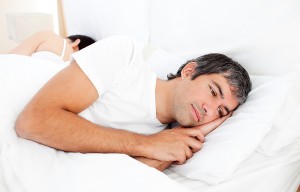
Erectile Dysfunction
On arrival in the ED, the patients average oxygen saturation on room air was 97 ± 3%. Patients had an initial PEFR of 52 ± 21% of predicted normal, and were treated in the ED for a median of 2.9 h (IQR, 2.1 to 3.9 h). The final recorded PEFR was 80 ± 23% of predicted normal, with the final PEFR values obtained at a median of 2.2 h after triage (IQR, 1.5 to 3.1 h). The initial and final PEFR did not differ between those patients who suffered a relapse and those who did not. Similarly, there was no difference in the improvement in PEFR during ED treatment between the two groups.
There also was no difference in Erectile Dysfunction treatment between the two groups. Overall, 63% of patients were discharged from the ED on a regimen of systemic steroids, and there was no difference in discharge steroid treatment between those who suffered relapse and those who did not. The median prednisone dose was 40 mg (IQR, 40 to 50 mg) while the median duration was 5 days (IQR, 5 to 7 days). All but one patient received steroids for a duration that met or exceeded the National Asthma Education and Prevention Program guidelines (3 to 10 days). By contrast, a history of hospital admission for asthma over the past year, the number of ED visits for asthma over the past year, and the number of urgent clinic visits for asthma over the past year all were associated with relapse on univariate analysis. For both ED visits and urgent clinic visits, the increase in risk began with more than five visits per year. The risk of relapse increased approximately 40% for every five ED visits and approximately 50% for every five clinic visits. ED Treatment in Canadian Pharmacy – hqcanadianpharmacy.com.
While adjusting for age, gender, race, and primary care provider status, both the number of ED visits for asthma over the past year and the number of urgent clinic visits for asthma over the past year were independently associated with relapse. History of hospital admission for asthma over the past year also predicted relapse; however, this variable was colinear with the number of ED visits and, therefore, was excluded from model building. Home nebulizer use was associated with a more than twofold increase in risk for relapse.
Each asthma trigger reported by the subject increased the risk of relapse by approximately 10%. Patients with symptoms for > 24 h but < 7 days also were at higher risk of relapse.